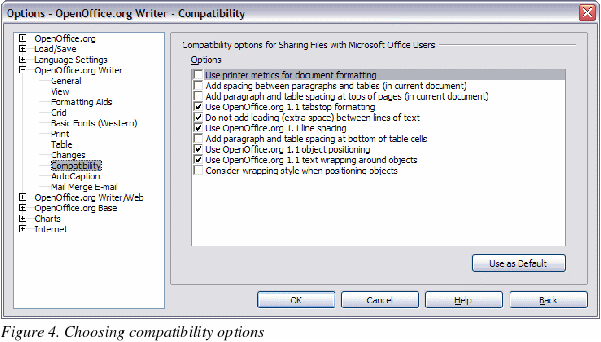

This is the same dialogue box as if you select All cells in the first sub menu entry Condition.

If you select Date is, see below explanations for Date. If the cell reference is a value other than zero, the condition matches. If you select Formula is as a reference, enter a cell reference. Click again on the button to come back to the dialogue box once the range is selected. Click on the Shrink button to minimise the dialogue box. In the Range field, define the range of cells concerned by the conditional formatting. In front of Apply Styles, select the desired style in the list or chose New Style to create one.Ĭlick the Add button to add another condition, click the Remove button to remove a condition. Select a condition in the drop down list for the format to be applied to the selected cells and enter the value. If you select All cells, see Colour Scale, Data Bar or Icon Set explanations below, depending on which visual representation the conditional formatting should be represented. Specify if conditional formatting is dependent on one of the entry listed on the drop down box:

You can define as many conditions as you want. Choose Data - Calculate - AutoCalculate (you see a check mark next to the command when AutoCalculate is enabled). Up next, Copying and removing conditional formatting.To apply conditional formatting, AutoCalculate must be enabled. Next, we click Format, select the fill color we want, click OK, and click OK again.Īnd the rows with products that have been discontinued are filled with gray. The quotes ensure that Excel evaluates the word Yes as text. We use an absolute reference for column C, $C, so that conditional formatting for each row evaluates the value in column C for that row.Īnd we put quotes around Yes. In the rule field, since the active cell is A2, we need to type a formula that is valid for row 2 and will apply correctly to all of the other rows. Select Use a formula to determine which cells to format. Note that A2 is the active cell we’ll need that for later.Ĭlick Conditional Formatting, and then click New Rule. To do this, select the cells you want to conditionally format. In this example, I want a row to have a gray fill, if Discontinued for the row is set to Yes. You can also use Quick Analysis to conditionally format cells in a range that have duplicate text, unique text, and text that is the same as text you specify.īut what if you want to conditionally format a row, based on the text in one of the cells in the row? In the first video in the course, we went over how to conditionally format cells in a range that contained the text “Oil”, using Quick Analysis.


 0 kommentar(er)
0 kommentar(er)
